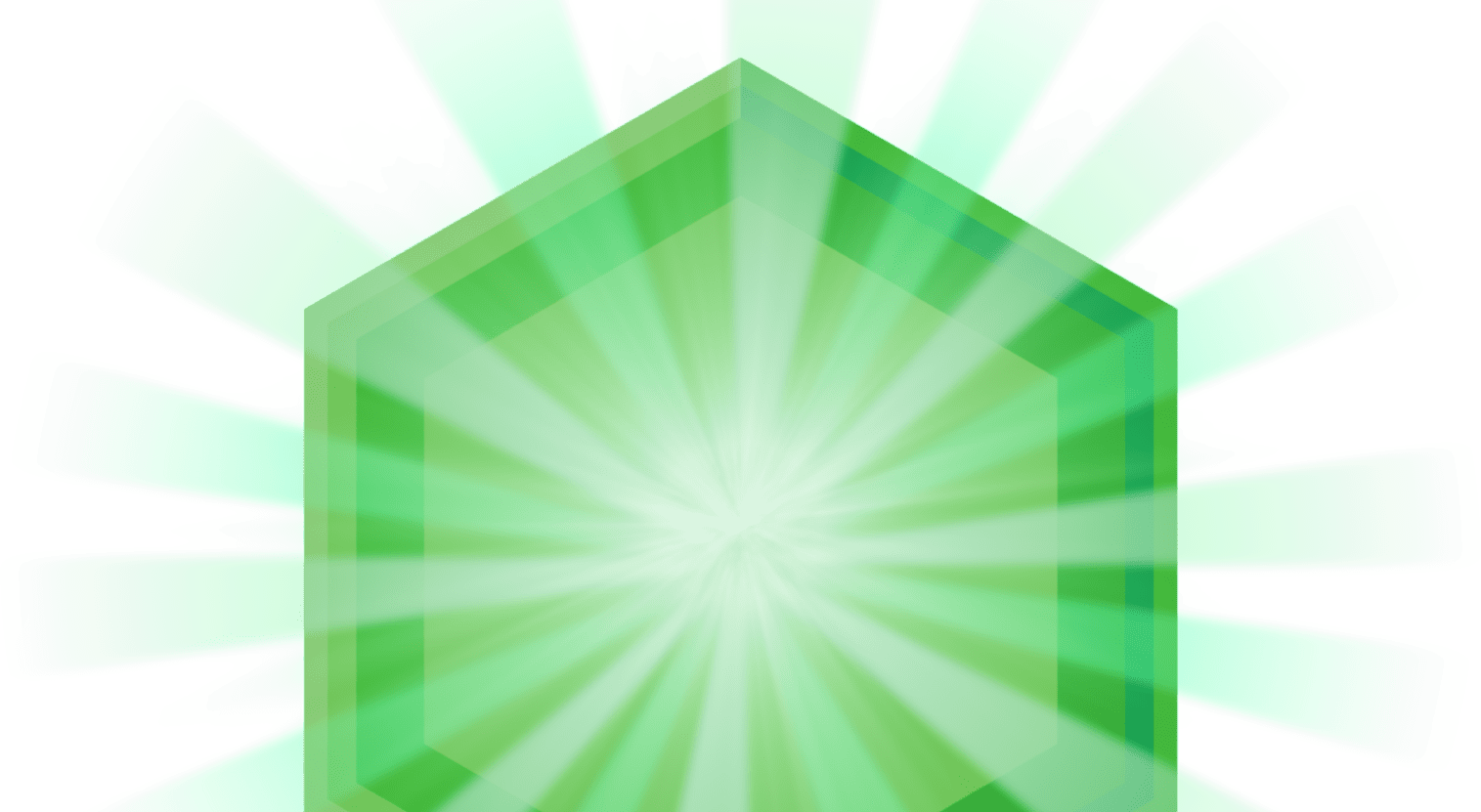
Types of Tree Pollen Allergies
TREE POLLEN IS SPRING’S TOP ALLERGY CULPRIT
Spring is in the air and so are outdoor allergens. The primary cause of spring allergy season (click here for the full story) is tree pollen.1 Different types of tree pollen are released throughout the spring depending on where you live.
Knowing you have a specific allergy, like a birch tree allergy or cedar tree allergy, is the first step. But knowing what “family” that tree belongs to can help you figure out what other related allergies you have.
Here’s a closer look at the top spring allergy culprits and how they interact with each other:
THE CYPRESS FAMILY

Cypress pollen is considered a severe allergen and is found, in large part, throughout the southwest part of the United States.5,6
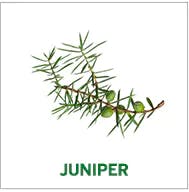
Juniper trees are found throughout the western United States. While most shed their pollen during spring, some can start as early as winter.3,4
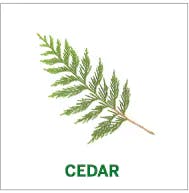
Cedar tree allergies—especially red cedar and mountain cedar—account for most cypress allergy cases.1 The most severe cedar pollen allergens are typically found in the eastern and southern part of the country.3,4
THE BIRCH FAMILY
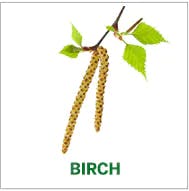
Birch pollen is widespread, and cross-reactive with many other tree pollens. For those dealing with a birch tree allergy, this can make for a prolonged spring allergy season.2
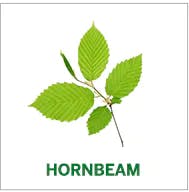
Hazel, hornbeam, and hophornbeam: The pollen from these trees is moderately allergenic and cross-reactive with the pollen of birch and alder trees as well as those in the chestnut family.2
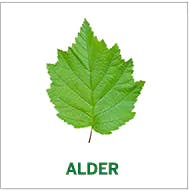
Alder trees shed pollen in large amounts during early spring. It acts as a primer, and can make allergy sufferers more sensitive to other pollen later in the season, especially birch.2
THE CHESTNUT FAMILY

Oak trees are found throughout the United States. Because their pollen is cross-reactive with the pollen of the chestnut and cypress families, if you have an oak tree allergy, you’re probably sensitive to several types of tree pollen.2,7

Beech tree pollen is mildly allergenic and can be found throughout the eastern United States.8
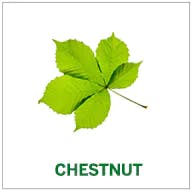
Chestnut tree pollen can be highly allergenic and is found throughout the eastern United States.9,10
FAMILY TIES
The chestnut family is extremely cross-reactive with the birch family. Unfortunately, many tree species in the chestnut family release pollen at the tail end of spring. This means, people who are primed by alder in the beginning of the season may experience allergy symptoms well into early summer.1
THE OLIVE FAMILY

Ash trees are found throughout the United States and their pollen is often severely allergenic. Because of their cross-reactivity, if you have an ash tree allergy, there’s a good chance you may be allergic to other olive species.2,11

Privet is a type of evergreen shrub that can grow to the size of a small-or medium-sized tree. It’s found throughout the United States and its pollen is often severely allergenic.2,12
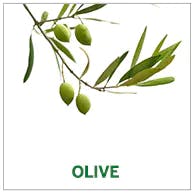
Different olive species can be found throughout the United States but the most allergenic type is found in California.2,3
THE POPLAR FAMILY
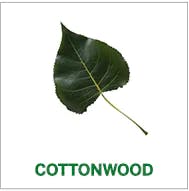
The pollen from cottonwood trees is moderately allergenic and can be found throughout the United States.14
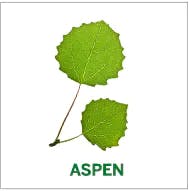
The pollen from aspen trees is moderately allergenic and can be found throughout the United States.17,18
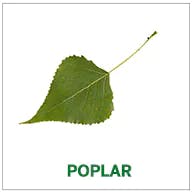
Poplar pollen is moderately allergenic and sheds from winter to summer depending on latitude and elevation. These trees can be found throughout the United States.15,16
Sources:
1. AAFA. Tree Pollen: Spring's First Allergy Offender. https://community.aafa.org/blog/tree-pollen-spring-s-first-allergy-offender. Accessed December 3, 2018.
2. Kaplan I, Holt P, Bousquet J, Kay A. Grass, tree, and weed pollen. Allergy and Allergic Diseases. 2009; 2(1): https://books.google.com/books?id=q_3T1ZXvP5YC&lpg=PA956&ots=99zYG_HpUf&dq=cupressaceae%20allergy&pg=PA956#v=. Accessed Dec, 3 2018.
3. IMS Health Incorporated. Ashe's Juniper (Juniperus ashei). http://www.pollenlibrary.com/Specie/Juniperus+ashei. Accessed Dec, 3 2018.
4. IMS Health Incorporated. Eastern Red-Cedar (Juniperus virginiana). http://www.pollenlibrary.com/Specie/Juniperus+virginiana. Accessed Dec, 3 2018.
5. IMS Health Incorporated. Arizona Cypress (Cupressus arizonica). http://www.pollenlibrary.com/Specie/Cupressus+arizonica. Accessed Dec, 3 2018.
6. IMS Health Incorporated. Monterey Cypress (Cupressus macrocarpa). http://www.pollenlibrary.com/Specie/Cupressus+macrocarpa. Accessed Dec, 3 2018.
7. IMS Health Incorporated. Oak (Quercus). http://www.pollenlibrary.com/Genus/Quercus. Accessed Dec, 3 2018.
8. IMS Health Incorporated. Beech (Fagus). http://www.pollenlibrary.com/Genus/Fagus. Accessed Dec, 3 2018.
9. IMS Health Incorporated. Chestnut Oak (Quercus prinus). http://www.pollenlibrary.com/Specie/Quercus+prinus. Accessed Dec, 3 2018.
10. IMS Health Incorporated. Swamp Chestnut Oak (Quercus michauxii). http://www.pollenlibrary.com/Specie/Quercus+michauxii. Accessed Dec, 3 2018.
11. IMS Health Incorporated. Ash (Fraxinus). http://www.pollenlibrary.com/Genus/Fraxinus. Accessed Dec, 3 2018.
12. IMS Health Incorporated. Privet (Ligustrum). http://www.pollenlibrary.com/Genus/Ligustrum. Accessed Dec, 3 2018.
13. IMS Health Incorporated. Olive (Olea). http://www.pollenlibrary.com/Genus/Olea. Accessed Dec, 3 2018.
14. IMS Health Incorporated. Cottonwood, Poplar (Populus). http://www.pollenlibrary.com/Genus/Populus. Accessed Dec, 3 2018.
15. IMS Health Incorporated. Balsam Poplar (Populus balsamifera). http://www.pollenlibrary.com/Specie/Populus+balsamifera. Accessed Dec, 3 2018.
16. IMS Health Incorporated. White Poplar (Populus alba). http://www.pollenlibrary.com/Specie/Populus+alba. Accessed Dec, 3 2018.
17. IMS Health Incorporated. Quaking Aspen (Populus tremuloides). http://www.pollenlibrary.com/Specie/Populus+tremuloides. Accessed Dec, 3 2018.
18. IMS Health Incorporated. Big-Tooth Aspen (Populus grandidentata) http://www.pollenlibrary.com/Specie/Populus+grandidentata. Accessed Dec, 3 2018.

